Tariq Saeedi with Raviliya Kadyrova and Elvira Kadyrova
Kazakhstan is a charm machine — it envelops you from all directions like sunshine. The magnetic allure comes in bits and pieces and it sticks for good.
* * *
The story we are going to narrate here is the story of the captivating charm of Kazakhstan. But, first we must tell who we are.
Tariq (Tariq Saeedi) is a Pakistani journalist based in Turkmenistan for nearly 20 years. Raya (Raviliya Kadyrova) is his wife. She was born in Orenburg during the soviet times but moved to Turkmeniya republic immediately after completing the secondary school. Elvira (Elvira Kadyrova) is our daughter. And, we are all journalists.
Our joint perspective is a unique blend of being foreign as far as Kazakhstan (and most of Central Asia) is concerned, with varying degrees of proximity.
* * *
The meat sellers of Orenburg
The story starts with the meat market in Orenburg, currently a major town in Russia close to Kazakhstan. The Russian province of the same name touches with the border of present-day Kazakhstan.
One of the fond memories of Raya’s childhood is going with her grandfather to buy meat. She says that her grandpa bought meat only from Kazakh vendors. She says that on the way back her grandfather always praised how fresh and clean was the meat and how honest the Kazakh meat sellers were.
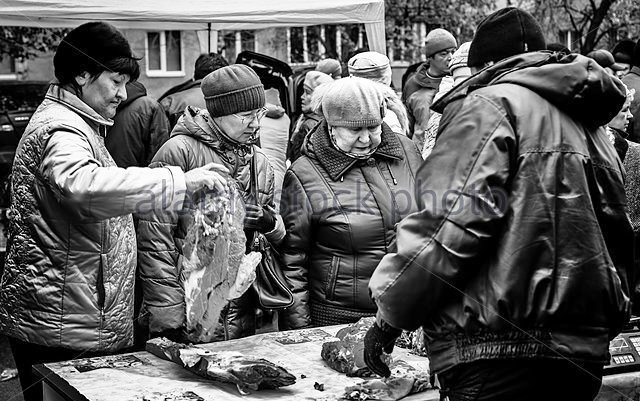
Grandpa explained to Raya that cutting the meat properly requires great skill and precision. He said that if you cut the meat randomly it will not unlock the full flavor and aroma when cooking – it will become bland and rubbery. In order to give the buyer the full value of their money, the seller must slice the meat against the grain. He also pointed out that no tiny fragments of bone were sticking to the meat bought from the Kazakh vendors. Meat cutting, he said, is both science and art.
The grandpa of Raya was convinced that the Kazakh meat sellers in Orenburg were scientists and artists in their own right. And to boot, they were very friendly.
* * *
The Kazakh wedding music
When Elvira was little, they lived in a flat in the Mary city of Turkmenistan, which had the weddings registration office (zaks) on the ground floor, right below their balcony.
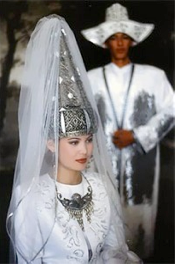
Depending on her mood, when a wedding party arrived, she danced to the happy tunes of the music. Her mother says that whenever a Kazakh wedding party arrived, Elvira would drop everything and dance to their music, even though the only audience she had were her mother and grandmother, because she was in the flat and the wedding party was on the street.
When Elvira started school, one of the friends she made was a Kazakh girl in her class. They became inseparable, really the best friends.
The jolly neighbour in Tashkent
The first visit of Tariq to Central Asia was to Tashkent in 1997. He stayed with a friend and the next door neighbour was a Kazakh.
At that time Tariq had hardly any idea of what Central Asia was.
As is the general tradition in Central Asia, the Kazakh neighbour invited him for dinner within a couple of days of his arrival. This was the first time for Tariq to interact with a Kazakh, and he was duly impressed.
The Kazakh neighbour was an absolutely jolly fellow, with endless supply of funny stories in his broken English, all the while feeding Tariq to the brim with a dazzling variety of delicious meat dishes his wife had prepared. — Yes, meat occupies the central place on the Central Asian dastarkhan, Kazakhs being no exception.
During the stay of about one month in Tashkent, Tariq learned more about Central Asia from the Kazakh neighbour than from anyone else.
* * *
Our work is such that we need to network frequently with the diplomats. What we have found during our long years in journalism is that the Kazakh diplomats are some of the easiest to talk to and the most friendly.
A sincerity and genuineness radiates from Kazakh diplomats, which is perhaps partly due to their unpretentious outlook. It doesn’t take any effort to keep the conversation going with them. And, they are very candid and forthright.
Since the seed of the charm of Kazakhstan had been sown early on in our souls, it was natural that we would try to learn more about the country that has a large territory, comparatively small population, and is literally floating on the wealth of natural and mineral resources.
* * *
Strength in diversity
After getting interested in Kazakhstan it was natural to try to learn about the people in that country.
We were astonished to find that the population of Kazakhstan is composed of more than 130 nationalities (ethnic groups). This makes Kazakhstan one of the most ethnically diversified nations in the world.
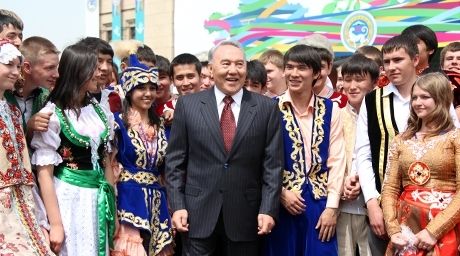
The main among them are Kazakhs, Russians, Ukrainians, Uzbeks, Uighurs, Tatars and Germans. In order to promote the sense of inclusiveness and unity, the citizens of Kazakhstan are called Kazakhstani, regardless of their ethnicity. There is equality including the equal right to pursue economic well being and happiness. This was easily seen in the citizens of Kazakhstan we have been coming across over the years in our work.
About 40% of secondary schools in Kazakhstan use the Russian language as the main medium of instruction. This is, proportionally, slightly more than the percentage of the non-Kazakh people in the national composition. About 70% of higher educational establishments impart instructions in the Russian language.
In addition to the regular school system, there is a network of Sunday Schools where 30 languages of ethnic groups in Kazakhstan are taught to the children. Here the children of minority groups learn their mother tongue.
The theater performances are not only in Kazakh and Russian but also in Uighur, German and Korean languages.
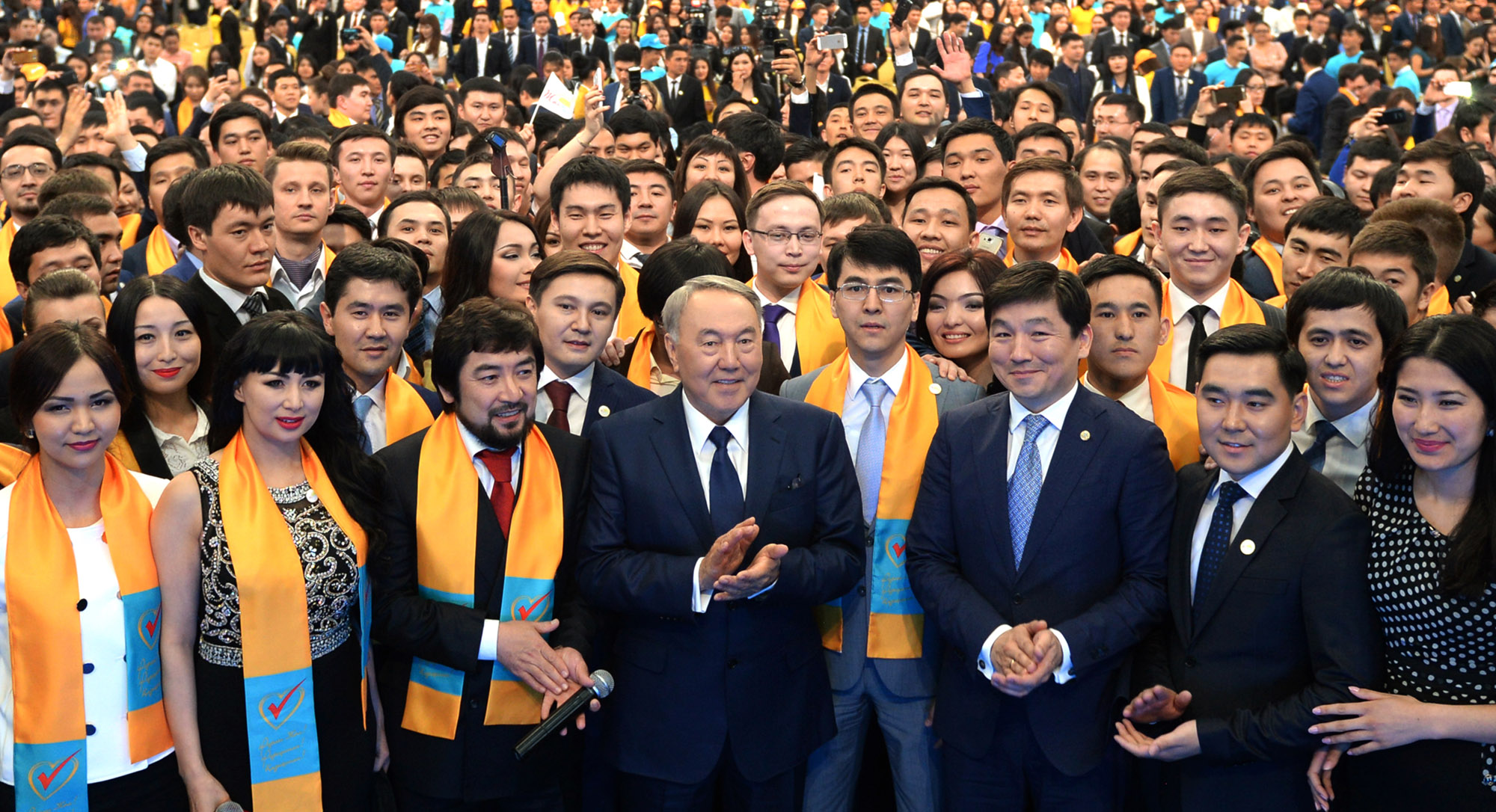
The Assembly of the People of Kazakhstan is the main platform to bring together all the ethnic groups in the country and give them a voice in the national affairs. There are 27 republican and regional and more than 300 district ethnic cultural unions in the Assembly structure, three of which have international status. These serve as effective instruments for nation-building while giving sound assurance to even the smallest ethnic group that their unique identity is not endangered.
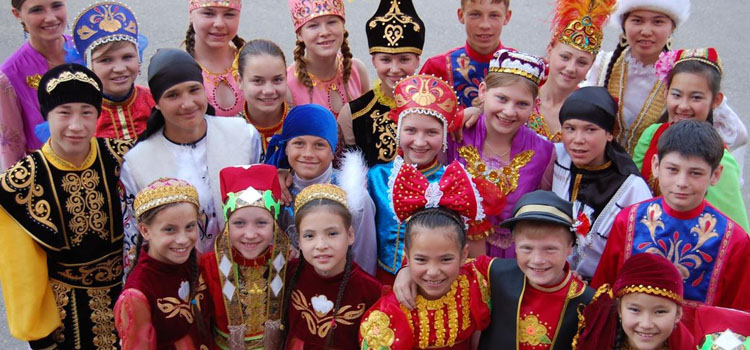
The natural and mineral wealth and its use
The periodical briefings held by the embassy of Kazakhstan in Ashgabat piqued our curiosity.
We started looking at the natural and mineral potential of the country.
Kazakhstan has more than 30 billion barrel of estimated oil reserves, which puts it at 11th place in the world ranking. It is sixteenth largest oil producer in the world.
The proven gas reserves are more than two trillion cubic meters, putting Kazakhstan at the 18th place.
Actually, the mapping is not final — the oil and gas reserves are quite likely to rise as more data becomes available and processed both from onshore and offshore fields.
In addition to hydrocarbon resources, there are great reserves of bauxite, chromite, copper, iron, lead, manganese, zinc ores, beryllium, bismuth, cadmium, copper, lead, magnesium, rhenium, titanium, alumina, arsenic, barite, gold, molybdenum, phosphate rock, and tungsten. Kazakhstan is a major producer and supplier of minerals and metals.
With a population of about 18 million, this is potentially enormous per capita wealth.
We wanted looked at how the population was benefiting from the abundance of natural and mineral resources.
The most reliable source for such evaluation is the human development index (HDI) of the United Nations.
The HDI has a rigorous regime to measure as to how the population is faring in every country. According to the HDI parameters, the countries are divided into four groups – Very High Human Development, High Human Development, Medium Human Development, and Low Human Development
In the 2016 edition of HDI, Kazakhstan ranks 56 overall and 6th in the High Human Development group. This puts Kazakhstan at the top in Central Asia.
Here are some selected indicators from HDI 2016:
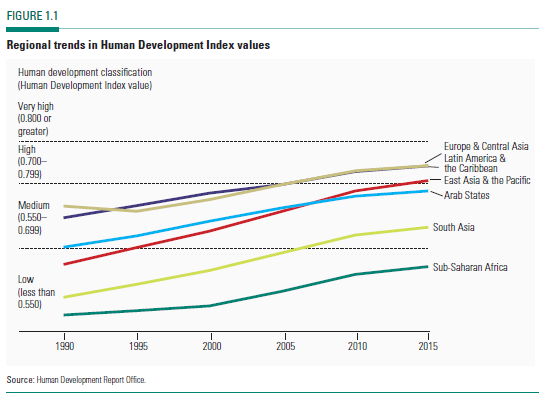
Human Development Index and Its Components

![]()
Gender Development Index

![]()
Education Achievements

![]()
National Income and Composition of Resources

![]()
International Integration

![]()
Supplementary Indicators: Perceptions of well-being

![]()
Sustainable Development

![]()
Link to Kazakhstan chapter of HDI 2016:
http://hdr.undp.org/sites/all/themes/hdr_theme/country-notes/KAZ.pdf
Link to complete HDI 2016:
http://hdr.undp.org/sites/default/files/2016_human_development_report.pdf
These indicators, compiled by the United Nation, an impartial and reliable source, show that the natural and mineral wealth of Kazakhstan is being spent wisely and judiciously, contributing to the significant increase in the standard of living and quality of life.
Kazakhstan 2050
Despite the very promising results since independence, the question still remained as to what are the future plans of Kazakhstan.
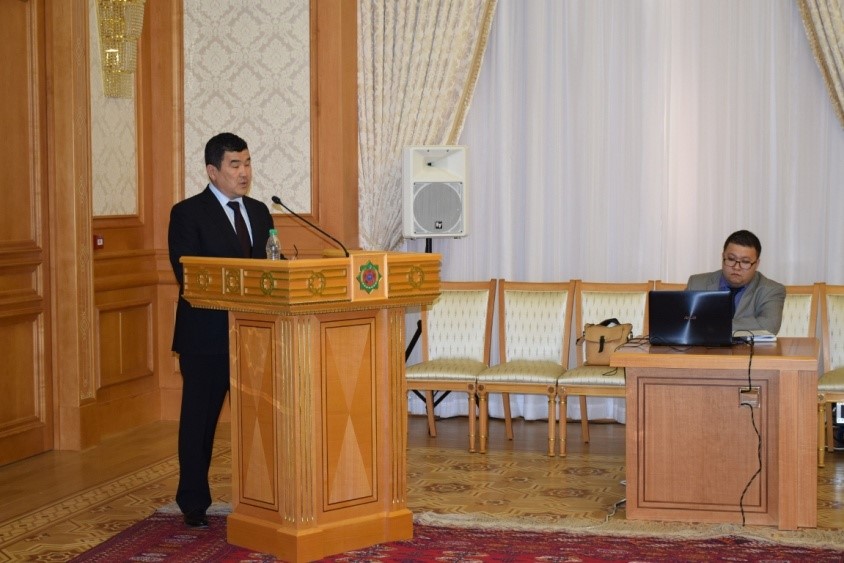
Again, one of the briefings conducted by the embassy of Kazakhstan in Ashgabat provided a firm handle to the question.

We found that in his annual speech on 15 December 2012, President Nursultan Nazaarbayev unveiled Kazakhstan 2050 Strategy.
It is a comprehensive roadmap to take the country to the next two levels of development, the first phase of which will culminate in 2030.
Kazakhstan 2050 – https://strategy2050.kz/en/
The 2050 Strategy put Kazakhstan on course to become one of the top 30 developed countries in the world.
There are seven priorities under the framework of 2050 Strategy:
- Economic policy of the new course – all around economic pragmatism based on the principles of profitability, return on investment and competitiveness
- Comprehensive support of entrepreneurship – leading force in the national economy
- New principles of social policy – social guarantees and personal responsibility
- Knowledge and professional skills are key landmarks of the modern education, training and retraining system
- Further strengthening of the statehood and development of the Kazakhstan democracy
- Consistent and predictable foreign policy is promotion of national interests and strengthening of regional and global security
- New Kazakhstan patriotism is basis for success of our multiethnical and multi-confessional society
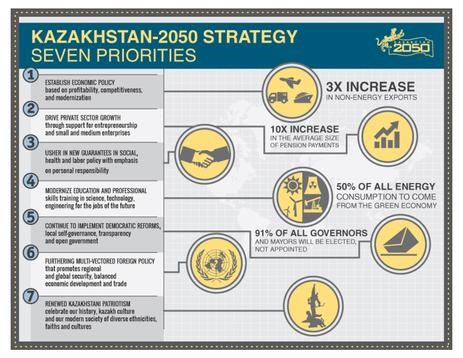
Under the implementation concept of 2050 Strategy, there is the Kazakhstan Way: One goal, One Interest, and One future.
The Kazakhstan Way 2050 is the toolbox for 2050 Strategy.
Together with this is the Nurly Zhol (Enlightened Path), bolstering further the concept and relevance of 2050 Strategy. It was announced by the president of Kazakhstan on 11 November 2014.
More details at – https://en.wikipedia.org/wiki/Kazakhstan_2050_Strategy
Clearly, a sound strategy, backed by competent management, is in place for taking the country and the nation to the ranks of the most developed states.
Flag and national anthem
The national anthem of Kazakhstan is inspiring for all, and forward looking in nature. Here is a stanza from the national anthem:
The way was opened to the descendants
By the vast land I have.
Its unity is proper,
I have an independent country.
It welcomed the tests of time
Like an eternal friend,
Our country is blessed,
Our country is such!
A beautiful rendition of the national anthem of Kazakhstan in mp3 can be found here:
https://en.wikipedia.org/wiki/Meniň_Qazaqstanim
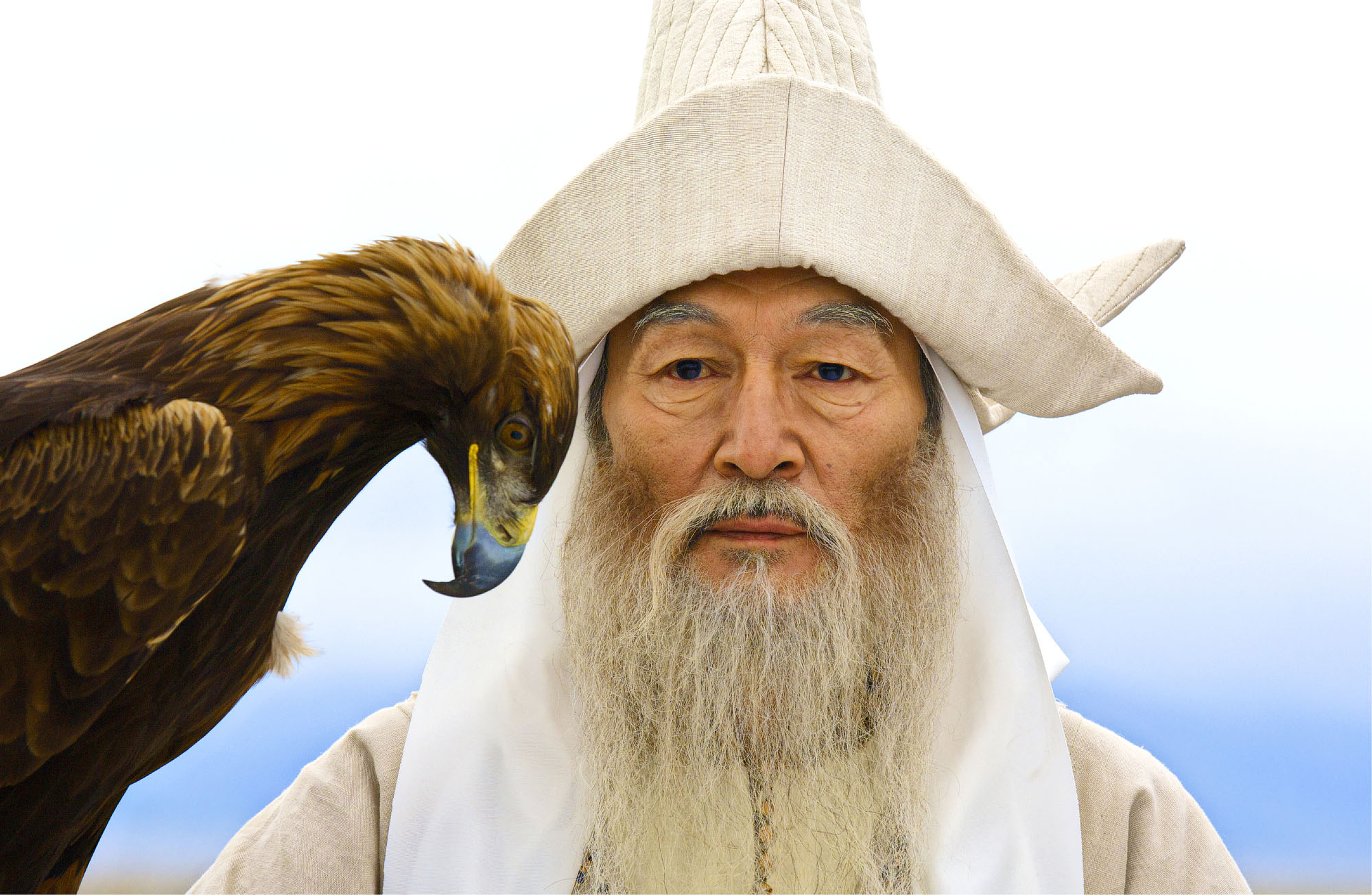
The national flag of the Republic of Kazakhstan has a gold sun with 32 rays above a soaring golden steppe eagle, both centered on a sky blue background; the hoist side displays a national ornamental pattern “koshkar-muiz” (the horns of the ram) in gold.
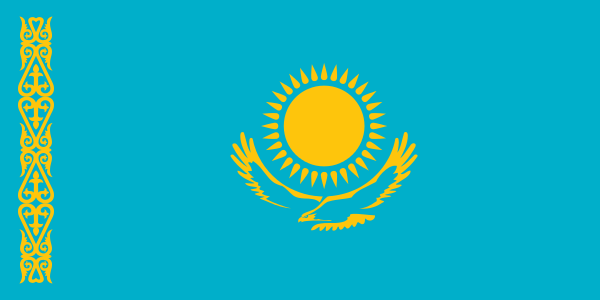
The blue color, among other things, symbolizes cultural and ethnic unity; it also represents the endless sky as well as water; the sun, a source of life and energy, exemplifies wealth and plenitude; the sun’s rays are shaped like grain, which is the basis of abundance and prosperity.
It was not by chance that we started this article with the sentence: Kazakhstan is a charm machine — it envelops you from all directions like sunshine.
Turkestan da Khoja Ahmet
Since the region is confronted with the threat of extremism and terrorism, we started looking at the spiritual heritage of Central Asia to find the anchors of love and peace that have always been the hallmark of how Islam is practiced here.
One of the beacons to guide the younger generations in these turbulent times is Khoja Ahmet Yassawi. He was a saint of grand stature, with influence spreading far and wide even during his own life time.
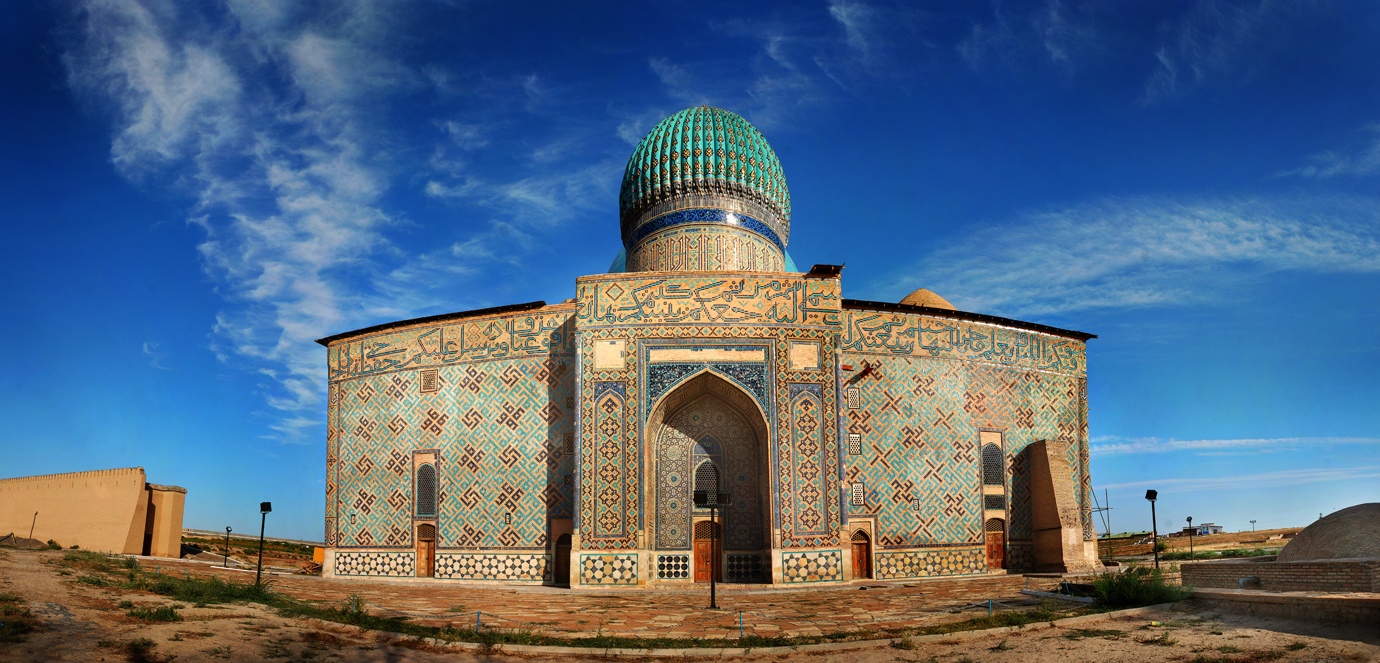
Khoja Yassawi (1093-1166) was born and is buried in the present-day Kazakhstan. He is universally revered by the Muslims in the region.
His book Diwan-i Hikmet is the collection of his poetry and prose. It is full of love and wisdom; the message of Yassawi, fully in line with the spirit of Islam, remains fresh and relevant today.
Here are two short samples of his poetry, as rendered by Ashirbek Muminov in his monograph.
First example:
In spacious gardens of love to the Almighty
I want to be a nightingale, who at dawn sings its mournful songs.
In those hours I want to see the radiant appearance
Of my God with the eyes of my own heart.
Second example:
Let the heart feed on love
The clothing of happiness tame the body
I want the power of love to rise
And the bird to descend on the stem of consciousness.
There is a saying in Central Asia – Medina de Muhammad; Turkestan da Khoja Ahmet.
It means: In Medina Muhammad (PBUH), and [with His permission] in Turkestan Khoja Ahmet.
Khoja Ahmet is among the early Sufi masters whose teachings and interpretations can be used as a powerful antidote for the poisonous ideologies emanating from certain quarters.
Khoja Yusuf Hamadani (1062-1141) was the spiritual teacher – Pir – of Khoja Ahmet Yassawi. He is buried in Merv [present-day Bayramali in Turkmensitan].
In the Sufi system of how one travels to God, there is the unbroken line of spiritual succession. The spiritual heritage is transferred from the Pir to the Khalifa – successor.
Khoja Yusuf Hamadani nominated four khalifas; one of which was Khoja Ahmet.
Both Khoja Ahmet and Khoja Hamadani are among the early saints of the Naqshbandi Sufi Order, the largest Sufi network in Central Asia with huge following in other parts of the world.
The spiritual lineage of Khoja Hamadani
| Prophet Muhammad (PBUH)
Abu Bakr (RA) Salman Farsi [Salman the Persian] (RA) Qasim ibn Muhammad ibn Abu Bakr Ja’far al-Sadiq Bayazid Bistami Abu al-Hassan al-Kharaqani Abu Ali al-Farmadi Yusuf Hamadani Abul Abbas al-Khadr Abd al-Khaliq Ghijduwani Arif Riwakri Mahmud Faghnawi Ali Ramitani Baba Sammasi Amir Kulal Baha’al-din Naqshband Bukhari (Foudner of Naqshbandi Order) |
Baha’al-din Naqshband, also spelled Bahettin Nakshbandi, Bahauddin Naqshbandi, is buried in Bukhara (Uzbekistan).
Like all other followers of the Hanafi school of thought of the Sunni branch of Islam, the Naqshbandi Order including Khoja Ahmet and Khoja Hamadani recognize the Sahih Bukhari, a collection of the saying and narrations of The Prophet by Imam al-Bukhari as the most authentic work in this area.
Imam Bukhari (810-870) was born in Bukhara and his mausoleum is in Samarkand (Uzbekistan).
Therefore, Kazakhstan has a rich spiritual heritage, which is rooted firmly in the soil of this region, linking the people through the teachings of Imam Bukhari, Khoja Yusuf Hamadani, Khoja Ahmet Yassawi, and Bahauddin Naqshbandi.
The judicious use of this heritage can be a definite bulwark against the invasive, and intrusive ideologies of extremism and terrorism.
In every other aspect, we have seen that Kazakhstan has found the best path toward a better future and continues to follow it with dedication.
The religious education of the youth is the area that needs urgent attention, not only from Kazakhstan but from all the countries of the Central Asia. There is the need to join hands and compile a basic textbook about Islam that can be taught to the children in the Sunday Schools or their equivalent in other countries of the region.
The book, compiled jointly by the scholars in Central Asia, should draw mainly from the teachings of Imam Bukhari, Khoja Yusuf Hamadani, Khoja Ahmet Yassawi, Bahauddin Naqshbandi and other Sufi saints of this region.
There is a vacuum as far as religious knowledge is concerned and that vacuum is being filled by distorted versions of Islam. In order to preserve and protect the progress made so far, it is important for Kazakhstan and other Central Asian countries to give the religious knowledge to the youth through official channels.
* * *
Our fascination with Kazakhstan continues. We will continue watching this great country with keen interest.
<<<>>>